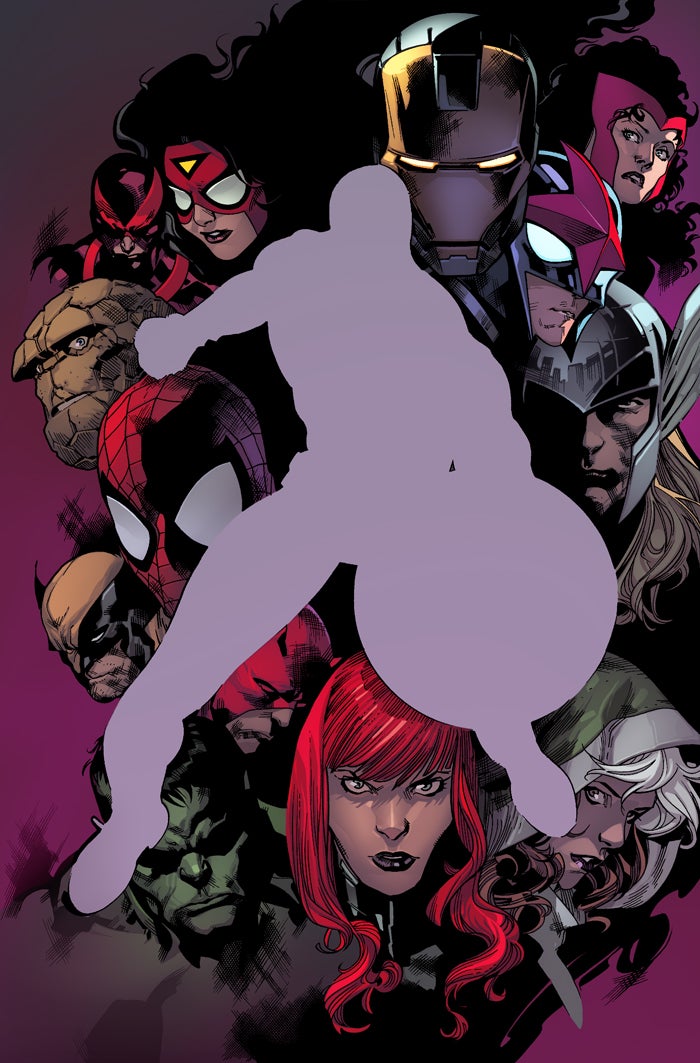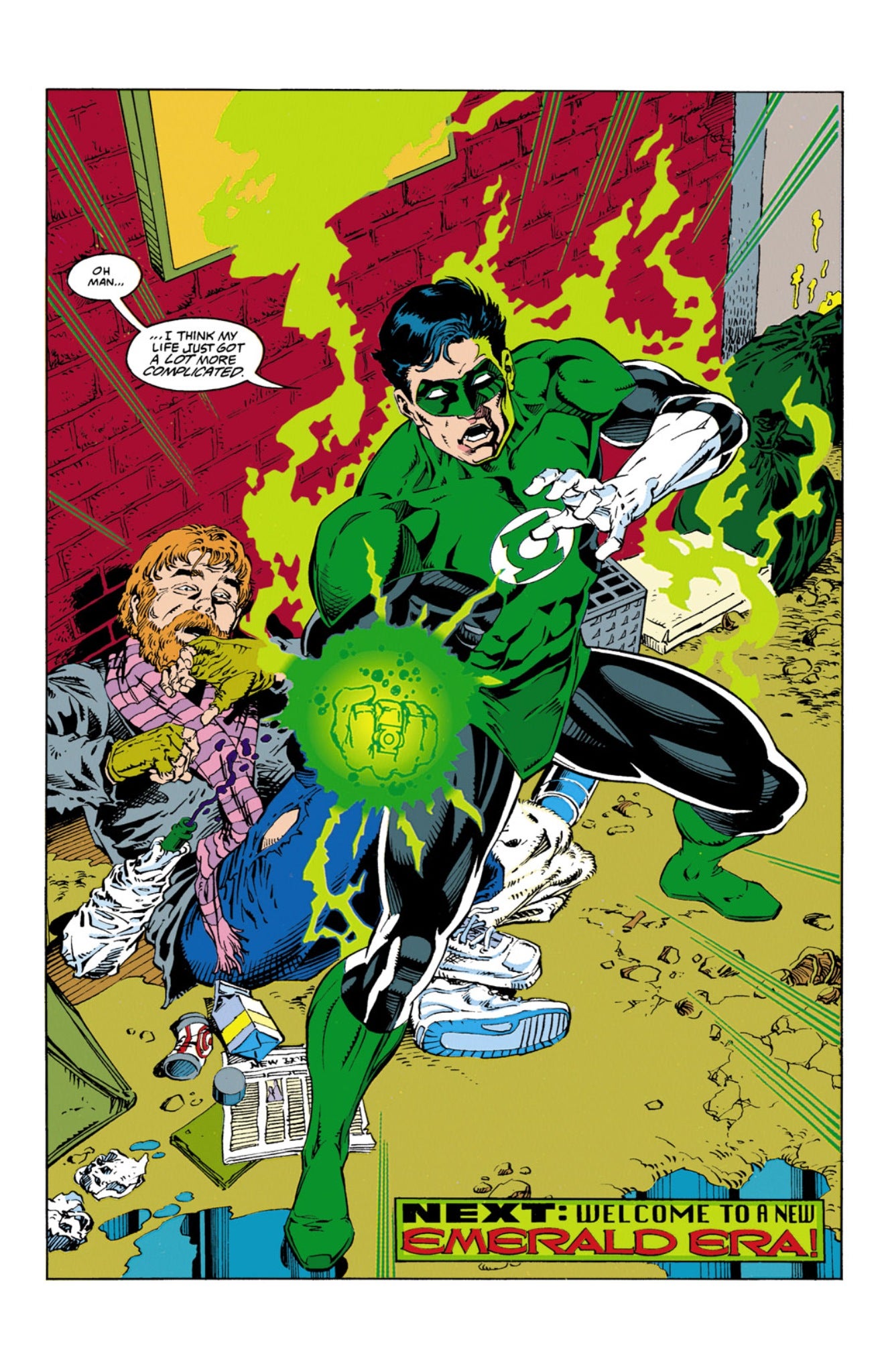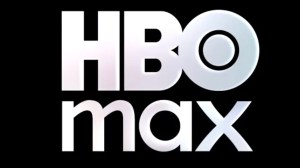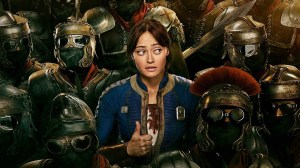
Earlier this week, Marvel teased readers by posting a photo to its official Tumblr about there being a “new” Captain America. The image immediately kick off a wave of speculation about who will replace Steve Rogers – who recently was rendered powerless and elderly when the super soldier serum was sucked out of his body. Early money is on Samuel Wilson, aka, The Falcon, Cap’s long-time sidekick, but Marvel is apparently staying mum about its new hero for the time being.
Videos by ComicBook.com
Of course, even as this teaser remains unresolved, fans should be reminded of other times throughout the course of comic book history where a major character was temporarily replaced with a former sidekick or family member (or even a former adversary). It’s a narrative device that has certainly been used plenty of times by comic book creators looking to shake up the status quo of their books and tell some new kinds of stories within a given universe. In some instances, these comic book replacement players only stick around for a handful of issues, but in other cases, the status quo upheaval has lasted more than 20 years.
At this point, it’s anybody’s guess how long Rogers will remain on the sidelines and the “new” Captain America will operate. In the interim, here are 10 other replacement superheroes that did okay for themselves.

10. Jean-Paul Valley as Batman
Probably one of the more divisive names of the list, Jean-Paul Valley took over for Bruce Wayne as the “Caped Crusader” in the aftermath of the controversial early-90s “Knightfall” arc. This storyline famously put Wayne on the shelf for more than a year after the supervillain Bane “broke the bat.” Valley, who had also operated as the superhero Azrael prior to becoming a replacement Batman, was a curious choice to be the “Dark Knight,” due to his mental instability. Still, he proves his doubters wrong in his first test as Batman, when he apprehends Bane and decides to take the higher ground and not kill his enemy.
However, Valley’s benevolence is short-lived, and as the “Knightquest” and and “KnightsEnd” arcs march on, “AzBat” decides that Wayne’s methods are obsolete and weak. He becomes increasingly violent and even lets one of his adversaries fall to his death. He also makes disturbing upgrades to his weaponry, adding more armor, spikes and flamethrowers to the iconic Batman costume. After hearing from Robin III, Tim Drake, that Valley killed one of his opponents, Bruce decides its time for him to be Batman again.

9. The Four Supermen
Superman’s death in the early 90s was such a watershed moment for the comic book industry, that when DC moved forward with its “replacement” storyline, there were four different Supermen to choose from. John Henry Irons is the “Man of Steel,” and while he never claims to be Superman, he does fancy himself as embodying Superman’s spirit. “The Man of Tomorrow,” also dubbed Cyborg Superman, is scientifically proven to be Superman but is an amnesiac and doesn’t remember how he became part-cyborg. “The Metropolis Kid” (don’t call him Superboy) is a reckless, teenaged clone of Superman. And “The Last Son of Krypton” arrives with Superman’s memories but is eventually revealed to be a reformed version of Superman villain, the Eradicator.
Each of these distinct personalities is introduced in their very own storyline as part of the larger “Superman: Reign” arc. Ultimately, Cyborg Superman is revealed as a legtimate supervillain after he destroys Hal Jordan’s home, Coast City (more on that in a minute) and it takes the actual, real-life Superman (with longer, more luscious hair) to come back to defeat him and reclaim his place as the world’s greatest superhero.

8. Kyle Rayner as Green Lantern
After the Silver Age Green Lantern Hal Jordan went completely bonkers, decimated the Green Lantern Corps. and transformed into the supervillain Parallax, Ganthet, the last surviving Guardian of the Universe needed to find somebody – anybody – to become the next Green Lantern.
For reasons that have never been fully explained, Kyle Rayner a freelance graphic artist living in Hollywood, is given the last power ring during the mid-90s “Emerald Twilight” storyline, enjoying a nearly 10-year-run as the hero before Hal’s return in Green Lantern: Rebirth.
Rayner initially doesn’t take his responsibilities as the Green Lantern seriously until the brutal death of his girlfriend Alexandra DeWitt (which gave rise to the “women in refrigerators” trope, since she was killed and stuffed in a fridge). From that point on, Kyle is a more serious Green Lantern.
In one highlight of his Green Lantern tenure, Kyle achieves godhood and becomes “Ion” when he absorbs energy Jordan left behind in the Earth’s sun. However, these new powers burden Kyle and he gives up potential godhood to resume as the willpower-fueled Green Lantern.

7. Harry Osborn as the Green Goblin
The one true villain on this list, Harry Osborn, son of the original Green Goblin, Norman Osborn, gets the nod primarily based on the strength of one story from the early 90s. Harry first becomes the Green Goblin after he believes his father is murdered by Spider-Man. When Harry discovers that his roommate and best friend, Peter Parker, is secretly Spidey, he snaps and follows in his father’s footsteps as the green and purple villain.
The first time Harry-Goblin fights Spider-Man, he proves to be a pushover. It wasn’t until more than 15 years later when J.M. DeMatteis scripted “The Child Within” arc for Spectacular Spider-Man, that Harry’s turn as the Goblin achieves legendary status. In this storyline, Harry, who has returned to his Goblin persona after being haunted by the ghost of his father, torments Peter by threatening to harm his family and to expose his secret identity as Spider-Man to the world. Peter is reluctant to fight Harry but is eventually coaxed into it before being trapped in a building that’s about to explode. In a final moment of nobility, Harry sacrifices himself for Peter and saves him, before dying himself at the end of Spectacular Spider-Man #200.
The story is considered one of the best all-time in Spider-Man history and demonstrates that Norman Osborn wasn’t needed to tell a good Spidey/Green Goblin tale.

6. Rhodey Rhodes as Iron Man
James “Rhodey” Rhodes, a lieutenant in the U.S. Marine Corps and a friend to Tony Stark, assumes his buddy’s superhero identity as Iron Man during a 1983 arc when Stark relapses into alcoholism. With Stark’s long-time rival Obadiah Stane and S.H.I.E.L.D. both threatening to co-opt the Iron Man technology as part of a hostile takeover of Stark International, Rhodes destroys all of Tony’s remaining Iron Man armor as a means to protect his friend.
During his stint as Iron Man, Rhodes is a founding member of the West Coast Avengers, and even travels to the mysterious “Battleworld” as part of Marvel’s first major event, Secret Wars. However, Rhodes struggles with feeling unworthy and inadequate of replacing Tony. After more than 30 issues with Rhodey in the driver’s seat, Tony returns for Iron Man #199-200, this time with a slick “Silver Centurion” model.
Rhodes would return to being Iron Man years later during a early 90s storyline where Tony fakes his death. When Rhodey discovers the truth about Tony, he is furious and quits Stark International. He does hold on to the armor and becomes the hero War Machine.

5. Otto Octavius as Spider-Man
Amazing Spider-Man scribe Dan Slott broke the internet in 2012 when he switched the minds and bodies of the virile Peter Parker with the dying Doctor Octopus, thereby ushering in the Superior Spider-Man era. While a portion of the fanbase was outraged by the fact that the role of Spider-Man was going to be portrayed by a certified mass murderer who has attempted to take over the world on multiple occasions, those who stuck along for the ride got a fun and twisted version of Spidey that lasted 31 issues (and returns in August).
Otto’s reign as Spider-Man isn’t nearly as bad as some people feared. Sure, he runs things like a police state, spreading his precious “spider-bots” throughout New York City in order to keep an eye on criminals. But by the end of the storyline when he is completely overmatched by the Green Goblin he learns the undisputed moral of the Spider-Man universe – with great power, there must also come great responsibility.
Because of the surprisingly emotional journey Slott took us on, many fans were clamoring for Otto to stay onboard once Peter was resurrected in April.

4. Dick Grayson as Batman
Years after Jean-Paul Valley’s turn as Batman, DC gave readers a somewhat more “rational” choice for a new “Caped Crusader” after Bruce Wayne is apparently killed during Grant Morrison’s Final Crisis series. Dick Grayson, the original “Boy Wonder” Robin and one of the first superhero sidekicks in comic book history (and later Nightwing), becomes the the new Batman during the “Battle for the Cowl” storyline, while Damian Wayne, Bruce’s biological son, becomes Robin.
The Grayson/Damian dynamic is captured well in the Grant Morrison/Frank Quitely Batman and Robin series. In a unique twist, Grayson is portrayed as being mild-mannered and friendly and Damian was a dark and brooding Robin – a role reversal for how Dick and Bruce was typically depicted.
When it’s later revealed that Bruce was stranded in the past and not dead, Grayson stays on as Batman while Wayne “franchises” his war on crime for the Batman Incorporated series. The original world order of Bruce as Batman is finally restored for the New 52 relaunch.

3. Miles Morales as Ultimate Spider-Man
In the wake of the Ultimate version of Peter Parker’s death in 2011, Marvel introduced his web slinging successor, Miles Morales, another teenager who was bitten by a genetically-engineered Oscorp spider who just happened to part-black and part-latino. While political pundits spent the early parts of Miles’s career focusing on his ethnicity and linking it to mass government conspiracies, long-time Ultimate Spider-Man writer Brian Michael Bendis focuses on developing an extraordinarily likeable and well-rounded character that is as easy to relate to as his version of Peter.
Unlike Peter, Miles’s mother and father are still alive, while his Uncle Aaron, turns out to be the criminal, the Prowler. After discovering who his uncle really is, Miles is haunted by Aaron and questions whether or not being “evil” is a part of his Morales DNA. Miles’s guilt and doubt are exacerbated when Aaron is killed in an explosion while the two are fighting.
Things proceeded to get worse for Miles from there, as his mother is killed during a gunfight with Venom and his father walks out on him after discovering his son is Spider-Man. But despite all the personal pain and anguish, he did survive the world-eater Galactus and can still be found in his own Miles Morales: The Ultimate Spider-Man series, and in the All-New Ultimates.

2. Bucky Barnes as Captain America
After Ed Brubaker and Steve Epting shocked the world by resurrecting Captain America’s long-dead sidekick Bucky Barnes for their critically acclaimed “Winter Soldier” arc, the creative duo take things one step further when Cap is assassinated and Bucky takes over for the Red, White and Blue Avenger.
Bucky reluctantly assumes the mantel of Captain America in the wake of the heated Civil War storyline. A remorseful Tony Stark/Iron Man, who blames himself for Cap’s death, tells Bucky that the world needs Captain America, and that his former sidekick is the only one honorable enough to take his place. As part of Bucky’s agreement, Stark keeps the new Captain America’s identity a secret, in direct defiance of the Superhuman Registration Act (which caused the Civil War in the first place).
Bucky stayed on as Captain America for more than two years. Steve Rogers is brought back as part of the “Captain America: Reborn” arc, but Bucky maintains the Cap identity until he is apparently killed during Marvel’s 2011 Fear Itself miniseries. However, Bucky manages to stave off death again (if Marvel couldn’t kill him the first time during World War II, did anyone really expect him to stay dead in the modern era?), and resumes his role as the Winter Soldier.

1. Wally West as Flash
Wally West has a tough act to follow when he takes over for Barry Allen as the “Scarlet Speedster” in 1987. Wally is first introduced as the nephew of Allen’s girlfriend/wife Iris West and after a freak accident, becomes the teen crimefighter Kid Flash.
However, when Allen sacrifices his life to save the Earth from the Anti-Monitor in one of the most shocking and iconic scenes in comic book history (from Crisis on the Infinite Earths), Wally becomes DC’s third Flash. Wally enjoyed a lengthy tenure as the Flash, despite not having the same level of speed as his predecessor (Barry could reach the speed of light; Wally the speed of sound). During Mark Waid’s critically acclaimed run on The Flash, Wally is immortalized in such arcs as “The Return of Barry Allen,” and “Terminal Velocity.”
Thanks to the strength of these stories, most Flash fans had completely moved on from Allen. Unfortunately, Wally was initially wiped out of continuity when DC relaunched its entire line of comics as part of its “New 52” promotion in 2011. He did make his “New 52” debut earlier this year in The Flash #30 and Annual #3, shocking some readers when he is depicted as being bi-racial.








